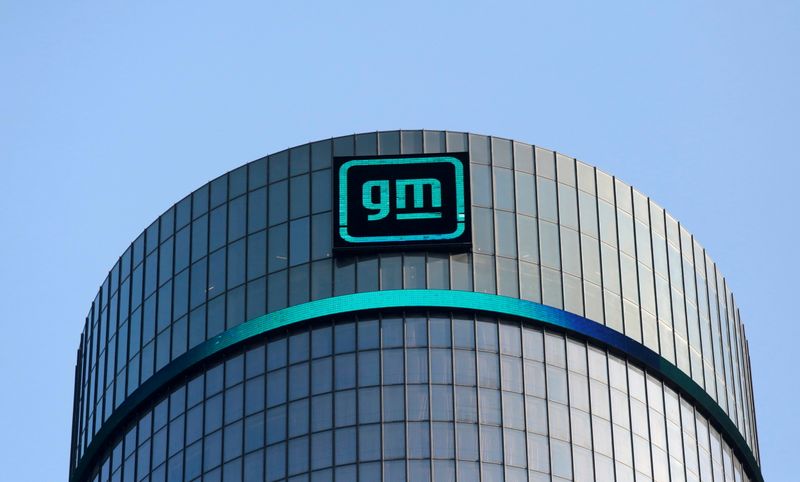China’s Graphite Curbs Prompt Search for Alternatives
China’s Export Restrictions Drive Development of Alternative Sources
China’s recent decision to restrict exports of graphite, a crucial material for electric vehicle (EV) batteries, has spurred efforts to find alternative sources and materials. Industry experts and analysts believe that while this transition will take time, it will ultimately lead to the development of more sustainable options.
China’s Dominance in Graphite Production
As the world’s largest producer and exporter of graphite, China currently refines over 90% of the global supply. The country’s new export permit requirements, effective from December 1, will impact several graphite products, including spherical graphite used by automakers for EV battery anodes.
A Catalyst for Change
The move by China is expected to escalate trade disputes and prompt other countries to prioritize research into alternative sources and materials. John DeMaio, President of Graphex Group’s graphene division, sees this as an opportunity to highlight the urgency of improving the US graphite supply.
Challenging China’s Stranglehold
Efforts to challenge China’s dominance in graphite production are underway in the US and Europe. Synthetic graphite, which could capture around two-thirds of the EV battery anode market by 2025, is a major focus. However, Chinese battery materials giants are also investing heavily in synthetic graphite production.
New Players in the Market
Companies like Vianode, a Norwegian-based synthetic graphite startup, are aiming to reduce reliance on China by establishing production facilities in Europe and the US. Although the development of synthetic graphite is costly, it offers a sustainable solution to the supply chain challenge.
Exploring Silicon Solutions
Silicon is another key ingredient in EV battery anodes, allowing for longer driving distances. Researchers are working to increase the share of silicon in batteries, with US startup GDI developing 100% silicon anodes. This advancement in lithium-ion and EV performance could pave the way for the next generation of batteries.
Potential Impact on EV Production
China’s export restrictions may lead to lower graphite exports and higher prices, similar to the effects seen with gallium and germanium. This could increase the production costs of EVs, a concern for automakers who already operate on narrow profit margins.
Automakers’ Response
Automakers are closely monitoring China’s decision and its potential impact on their supply chains. While some, like BMW and Volvo, remain cautious, others, such as Mercedes, have already been diversifying their raw materials sourcing. The race to secure supplies outside of China is intensifying as EV sales continue to rise.
It is evident that China’s graphite curbs have set in motion a global search for alternative sources and materials for EV batteries. While the transition will not be immediate, the industry is determined to reduce its dependence on China and create a more sustainable and diverse supply chain.



